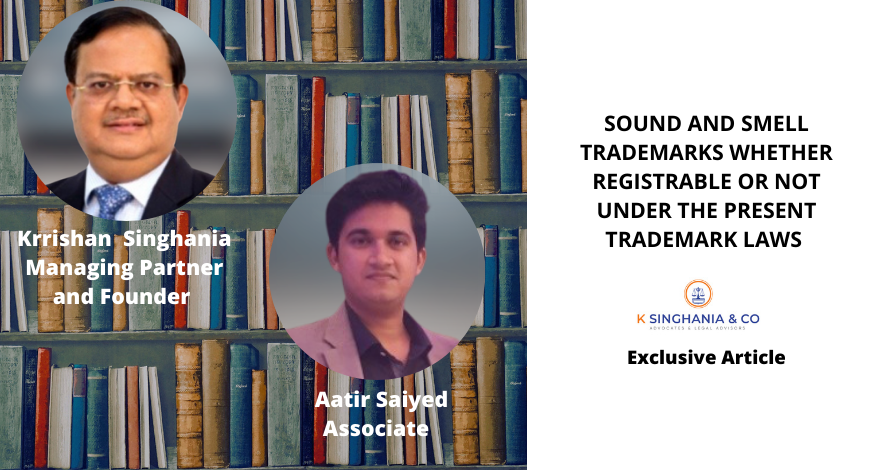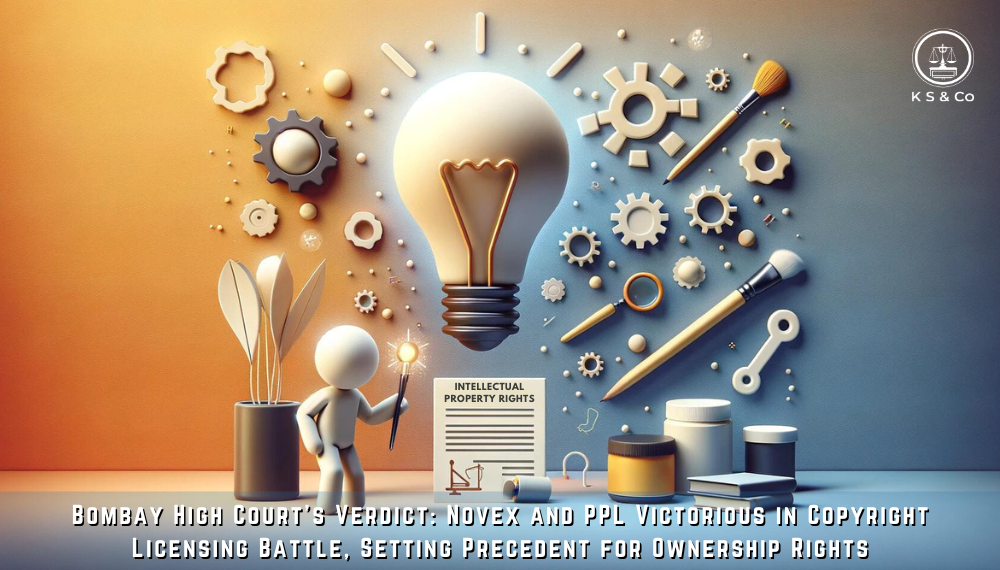Some Famous Sound Mark
- Twentieth Century Fox — Drums + Trumpets +Strings.
- Netflix –“ta-dum”
- Audi’s heart –beat sound logo
- Mcdonalds sound mark –“i’mlovin’it”
REGISTERING SMELL MARK IN INDIA
Moving beyond the position of sound marks under Indian Intellectual Property Law, it is necessary to examine the positions of smell markings as registrable trademarks. While the definition does not specifically exclude smell markings, as it does not preclude sound marks, smell marks have a tough time being visually depicted. The written description of a smell is not sufficiently clear. Again, the widely acknowledged European Court of Justice Precedent of Ralf Sieckmann v. Deutsches Patent and Markenamt[1] might be cited.
The smell in question was “methyl cinnamate,” which the applicant characterised as “balsamically fruity with a faint touch of cinnamon.” The ECJ ruled that (a) a chemical formula stated only the substance and not the odour of the substance and was not sufficiently intelligible, clear, or precise; (b) a written description was not sufficiently clear, precise, or objective; and (c) a physical deposit of a scent sample did not constitute a graphic representation and was not sufficiently stable or durable. The ECJ determined that scents cannot be trademarked on these reasons. On the other hand, case law from the United Kingdom and the United States of America demonstrates that smell can be trademarked.
This discussion of scent markings, however, is essentially hypothetical because no application for a smell mark has been filed with the Registry of Trademarks yet. Furthermore, the draft Trade Marks Manual follows the Sieckmannjudgement and states that smell marks cannot be graphically represented[2] and that buyers of such fragranced items are unlikely to trace the origin of the products to a single merchant based on the smell/fragrance. Again, it should be emphasized that this is a draft manual with no binding or precedential value. The real position of the law may be determined only when an application is made, denied, and the case is contested before the Supreme Court.
CONCLUSION:
Sound marks as legitimate trademarks are recognized as valid and can be protected under the Trademark Act, 1999. The same legislation is unwilling to accept smell markings to be considered for giving protection under trademark as it fails to satisfy the two important ingredients of trademark (i) “it must be capable of being represented graphically” and (ii) “it must be capable of distinguishing the goods or services of one person from those of others”.
This discrimination of two non-conventional trademarks based on precedents from USA and UK has to be rectified to reflect, for all types of non-conventional trademarks. The true position of the law may be determined only when an application is made, denied, and the case is contested before the Indian Judiciary.
[1]Sieckmann v German Patent and Trademark Office (case C-273/00) issued on December 12, 2002, the European Court of Justice.
[2]IP India, A draft of Manual of Trade Marks: Practice & Procedure pg. 86-87 (March 2015), available at https://ipindia.gov.in/writereaddata/Portal/IPOGuidelinesManuals/1_32_1_tmr-draft-manual.pdf.
Link of the article: http://bwlegalworld.businessworld.in/article/Sound-And-Smell-Trademarks-Whether-Registrable-Or-Not-Under-Present-Trademark-Laws-/04-10-2021-407128/





Leave a Reply